The City Planning Commission voted to approve the East New York rezoning yesterday, pushing forward with a controversial plan to revitalize 190 blocks in the Brooklyn neighborhood that’s suffered from disinvestment and abandonment for decades.
The 13-member panel supported the rezoning with a vote of 12 to 1. Commissioner Michelle de la Uz was the only dissenting vote, saying the plan didn’t offer enough benefits for East New Yorkers.
“An equal amount of emphasis must be placed on ensuring existing residents of Cypress Hills and East New York benefit from this economic growth,” she said during the public hearing on Reade Street, a block north of City Hall. “This plan falls short of that…We need to create enough open space and school seats [to ensure growth].”
The final step in the public approval process will be a vote from the City Council, which is expected to take up the contentious rezoning next month. Council member Rafael Espinal, who represents Cypress Hills and Ocean Hill, has expressed concerns about the plan. Like much of the Council, he believes the city’s plan doesn’t push for enough low income housing.
The rezoning will also impose Mandatory Inclusionary Housing (MIH) on northern East New York, Cypress Hills, and eastern Ocean Hill. East New York will be the first neighborhood affected by the new policy, which requires all builders to set aside a quarter of their apartments in new buildings as below-market housing. Those apartments are supposed to remain “permanently affordable” for as long as the building exists. But the city hasn’t revealed how they’ll ensure funding to subsidize lower-income units continues over the next several decades.
During City Council hearings on the policy earlier this month, housing officials said they hoped to negotiate agreements that would regulate rents in new buildings for 40 to 60 years. However, many tenants in low-income buildings constructed during the ’60s and ’70s have discovered that their apartments won’t remain affordable much longer. It’s because the regulatory agreements signed back then are expiring, and federal funding no longer exists to subsidize those rents. So how do we know that won’t happen again? The short answer is that we don’t.
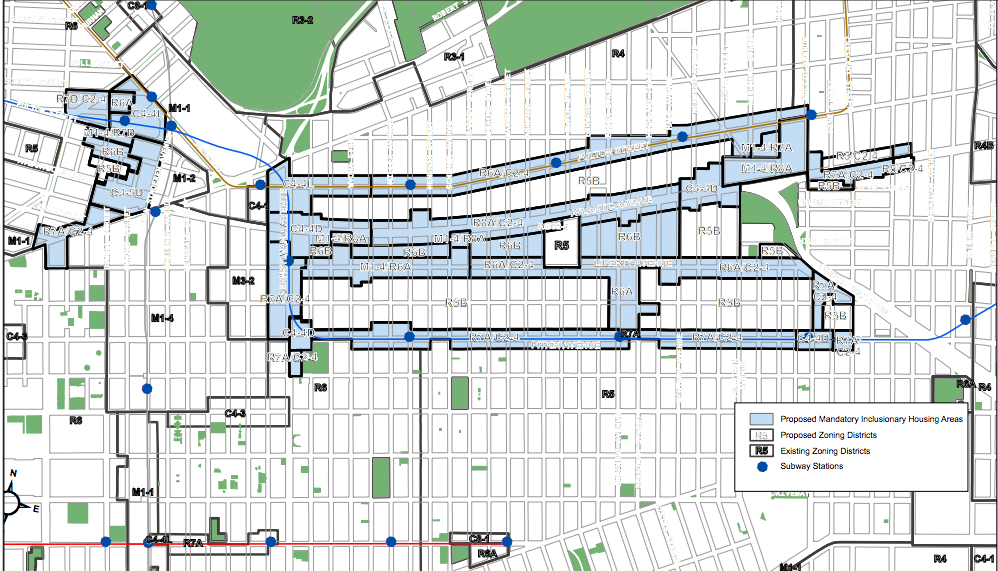
Mandatory Inclusionary Housing areas planned in East New York
City Planning’s latest documents on the rezoning show that several side streets will actually be exempt from MIH, because they’re being zoned for lower density housing. New buildings with 10 units or fewer don’t have to include affordable housing, and that’s pretty much what would get built under the R5B zoning on these narrow residential blocks.
The city predicts that the rezoning will create 6,500 new apartments and 1.3 million square feet of office space, retail, and community facilities over the next 15 years. Half of those units would be affordable to local residents, and the other half would rent for market rate. Officials claim 1,200 apartments would be built in the first two years, and up to 60 percent would be reserved for lower-income tenants. The full breakdown of rents and income levels is on HPD’s website.
Roughly 200 low-income apartments are expected to rise on the Dismore-Chestnut Urban Renewal site, a long-vacant swath of city-owned property at the eastern edge of Cypress Hills. It’s sandwiched between the LIRR’s Atlantic branch, Dinsmore Place, Chestnut Street, and Logan Street. And HPD is negotiating a significant project with affordable developer Phipps Houses. Phipps plans to build 900 units of low-income housing on a large property across the street from the Dinsmore-Chestnut lot.
The plan for East New York also includes a 1,000-seat school, safety improvements on Atlantic Avenue, and upgrades to local public parks.
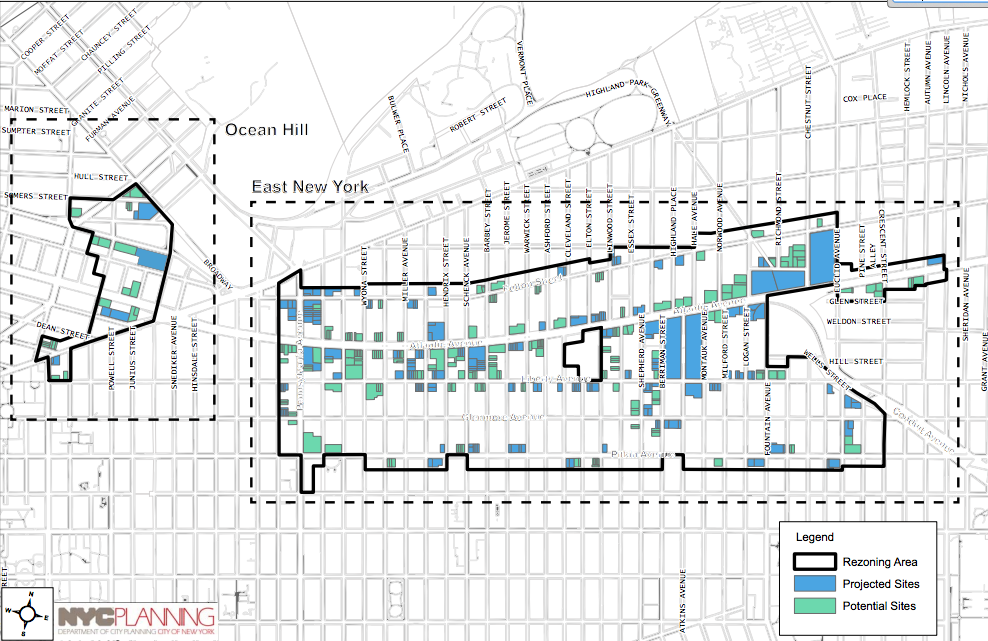
Potential development sites in East New York, image via DCP
Subscribe to the YIMBY newsletter for weekly updates on New York’s top projects
Subscribe to YIMBY’s daily e-mail
Follow YIMBYgram for real-time photo updates
Like YIMBY on Facebook
Follow YIMBY’s Twitter for the latest in YIMBYnews

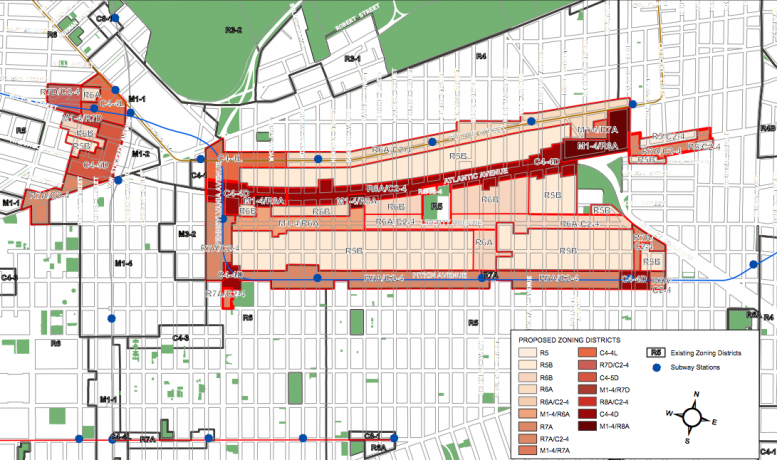
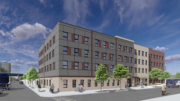
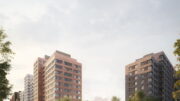

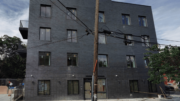
Very bad area but that doesn’t give deBlasio the right to ram this re-zoning down their throats. ENY community is opposed to this rezoning.
Whats so bad about this. Urban renewal example. Check out Williamsburg.
The city predicts that the rezoning will create 6,500 new apartments and 1.3 million square feet of office space, retail, and community facilities over the next 15 years. Half of those units would be affordable to local residents, and the other half would rent for market rate. Officials claim 1,200 units of apartments would be built in the first two years, and up to 60 percent would be reserved for lower-income tenants.
This is GREAT NEWS for all of Brooklyn!!!
1. This re-zoning will decompress the inflated real estate prices in Bedford-Stuy by allowing developers to finally recognize and invest in this neglected part of the borough.
2. The owners of most of the homes and properties in the area are middle-class/hard working people that have “hung” in there for many years and now they will be rewarded $$$$$$$$$$.
3. Perfect example of government taking action, free enterprise capitalizing on it, and middle-class people become Rich.
This is the way trickle-down should work!!!
Horrible!! This re-zoning is already making it difficult for residents of these low-income areas. Where are these people supppsed to move to?